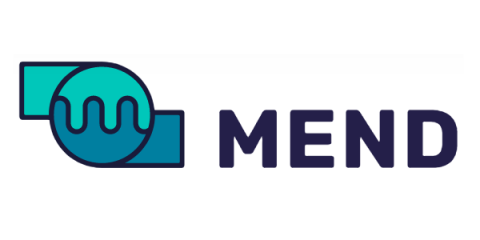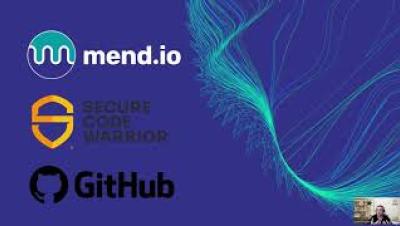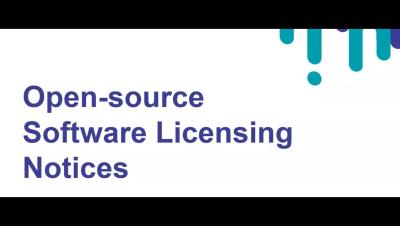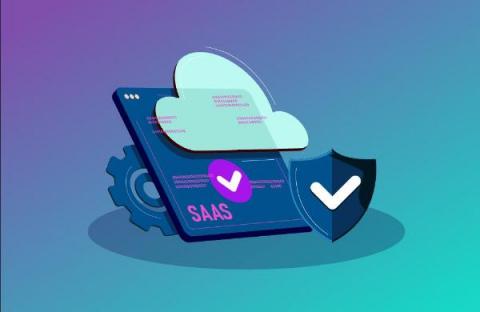Security | Threat Detection | Cyberattacks | DevSecOps | Compliance
Mend
Mend's Handy Guide to Using EPSS Scores
Adding License Notices in Mend.io
The Challenges for License Compliance and Copyright with AI
Six More Top Tips For Holistic AppSec and Software Supply Chain Security
In my previous post, I began to list the ways you can strengthen your security posture, with some holistic approaches to application security and the software supply chain. In this second part of the series, let’s look at six more important considerations.
Six Top Tips For Holistic AppSec and Software Supply Chain Security
Developing applications and working within the software supply chain requires hard skills such as coding and proficiency in programming languages. However, protecting the software supply chain also requires some softer skills and an openness to strategies and tools that will strengthen your security posture. In this two-part series, we will discuss these considerations and how they support a holistic approach to application security and software supply chain security.
Turnover, Relationships, and Tools in Cybersecurity
Some things, like choosing tools, are perennial problems. Others, like complete security team turnover, seem to be a more recent development within my circles. But either way, staff turnover has ripple effects that are not always immediately apparent. Let’s take a look.
Top Open Source Licenses Explained
An open source license is a binding legal contract between author and user that declares the certain conditions in which a piece of software can be used, which is especially relevant in commercial applications. This license is what turns software components into open source components, allowing developers to use that software so long as they keep the specific terms and conditions laid out in the license. There are a lot of open source licenses, over 200 in fact.
Building Security Culture Starts with Building Relationships
Code doesn’t write itself and software doesn’t secure itself, as much as the race is on to make that happen. At the beginning and end of everything in software is people and, importantly, people interacting with each other. Having great tools doesn’t matter if no one uses them, and having great policies doesn’t matter if no one enforces them.








